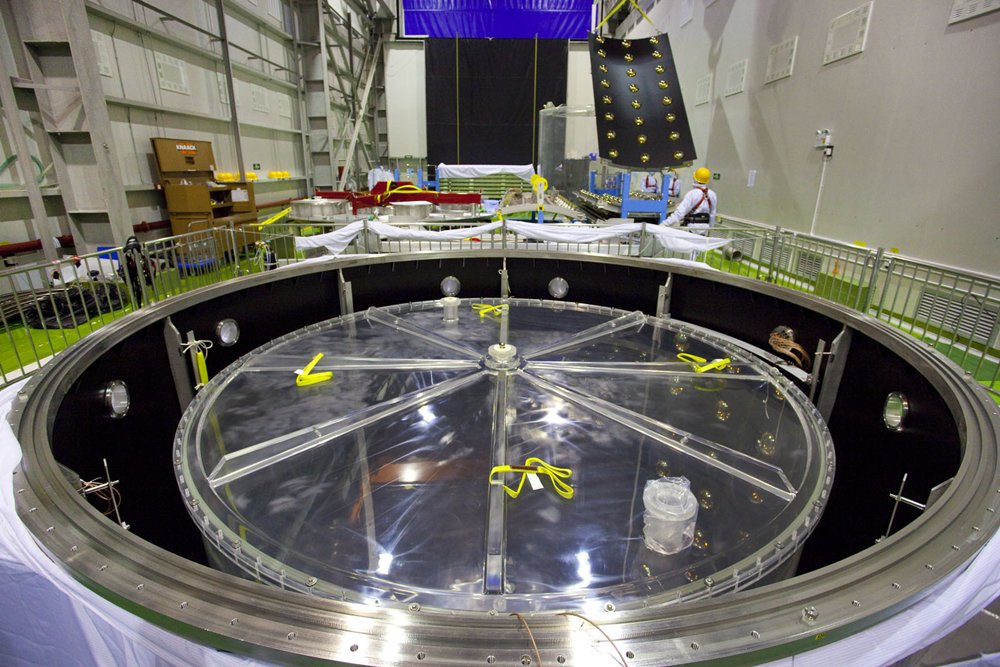
Light-gathering power is a way to measure the performance and effectiveness of a telescope that is proportionate to the square root of the size of the aperture. For instance, a telescope that possesses more than two times its diameter has the potential to collect about four times as many light.
The principle is that the more light that the telescope gathers, the more complicated images it can resolve. The telescope may make the complex and vague looking objects appear much clearer. When choosing the right type of telescope, you have to take a look at its Light-gathering power, and see whether or not the power is enough for your needs. If you want to look merely at the stars in the sky, a not very complex telescope with an average Light-gathering power may be all right.
However, if you are more interested in taking a look at the more complex and tiny and vague objects in space that are pretty much invisible to the naked eye, on could opt for a telescope with a much higher Light-gathering power. This could make very vague objects in space turn out very clear. Space observatories make use mostly of very high Light-gathering power telescopes, to be able to study the likes of far away planets and stars.
